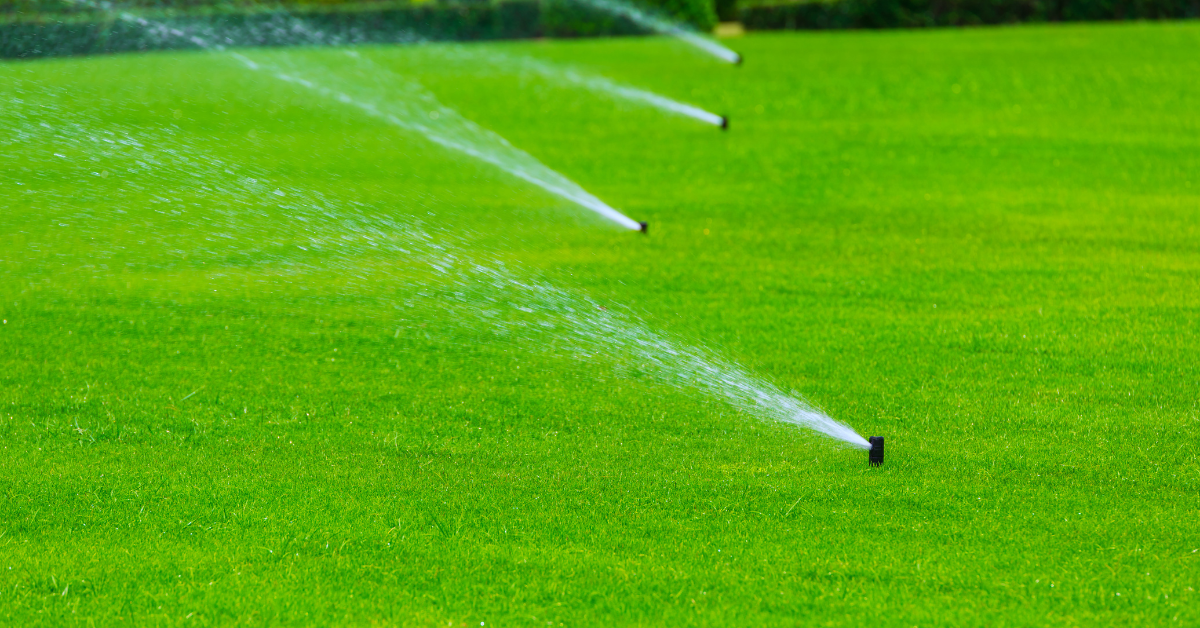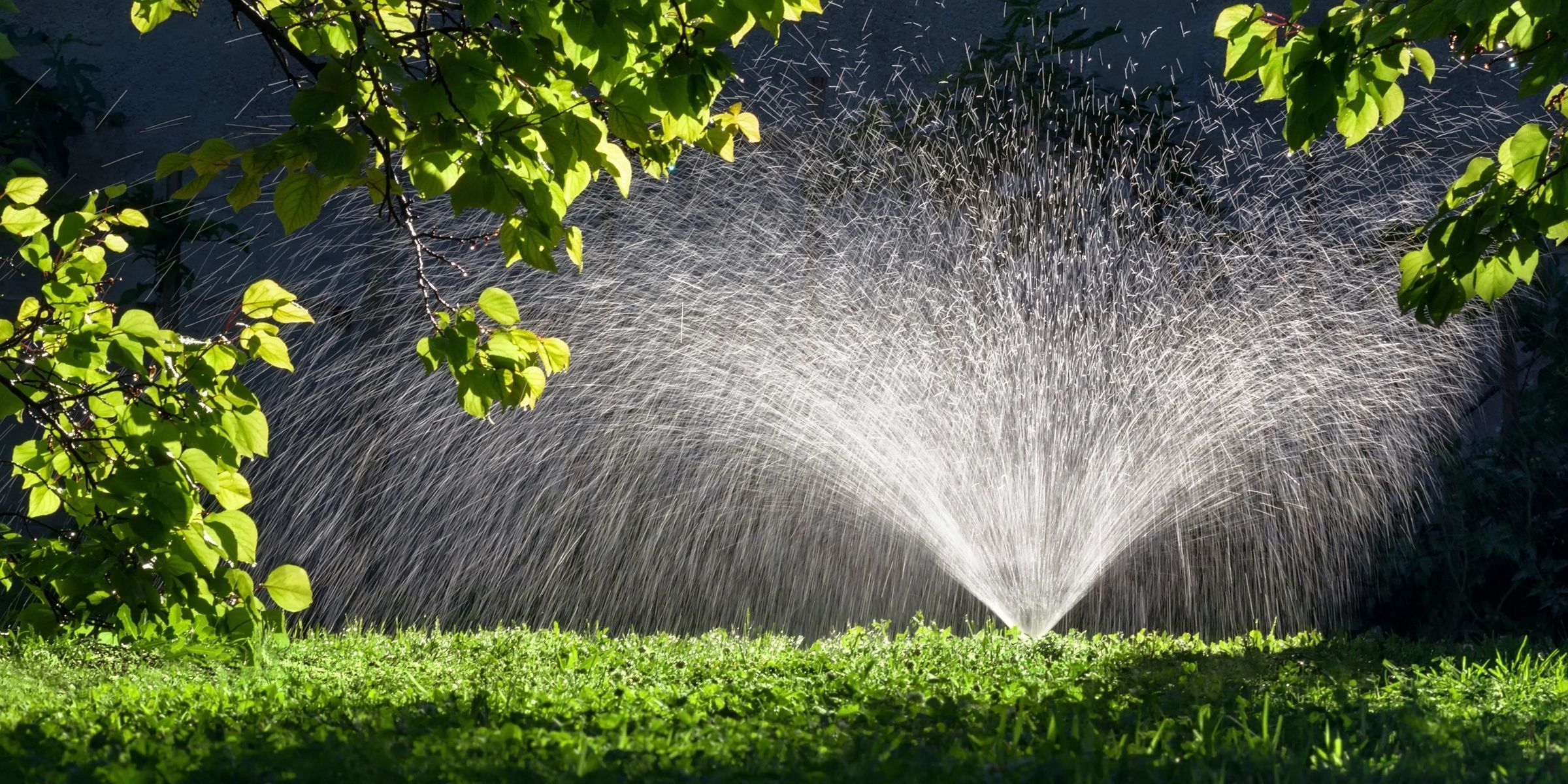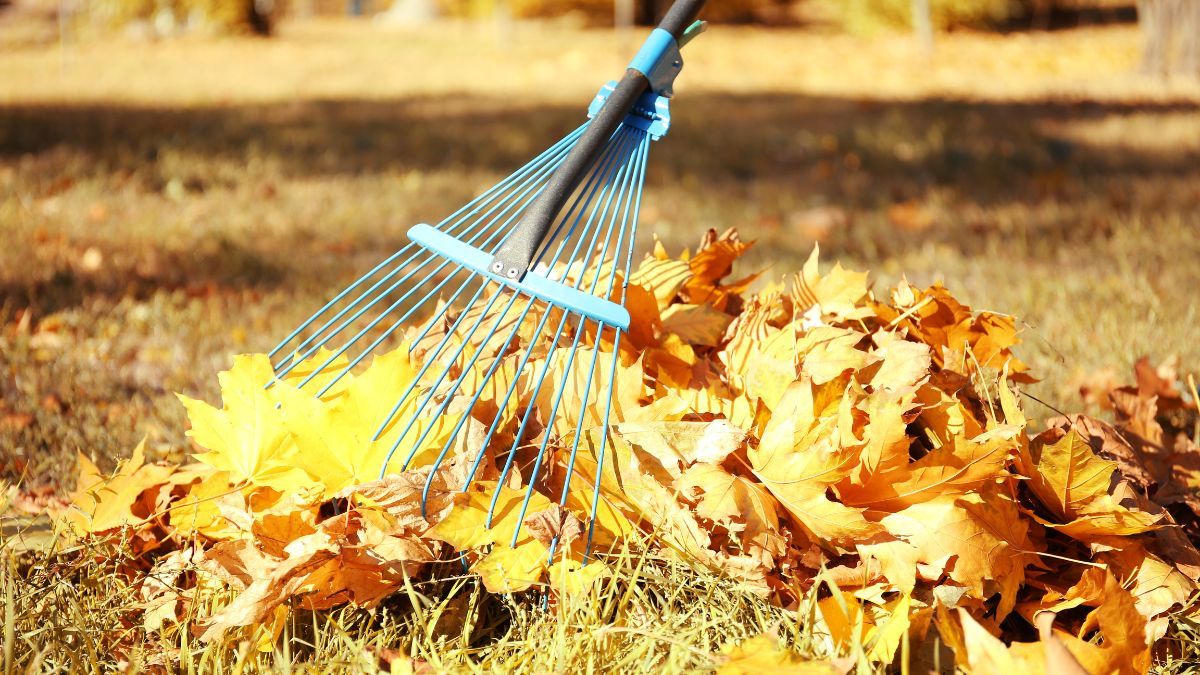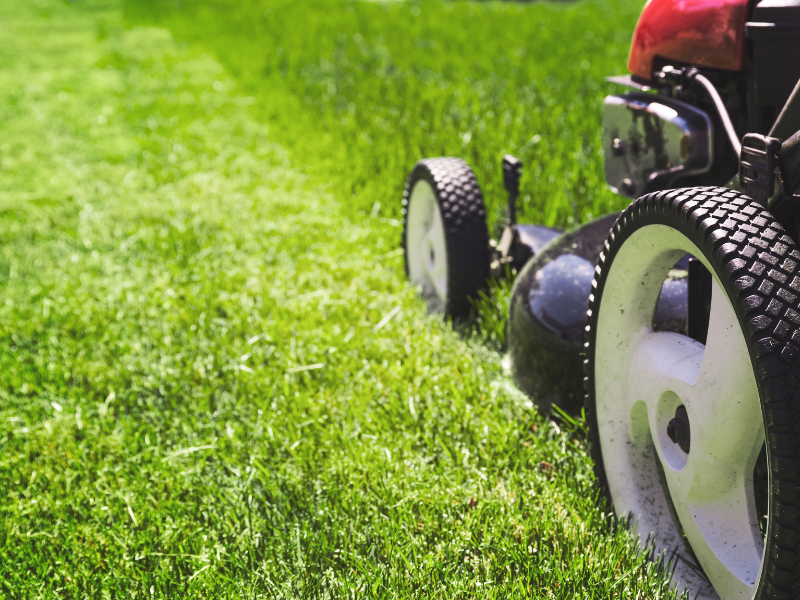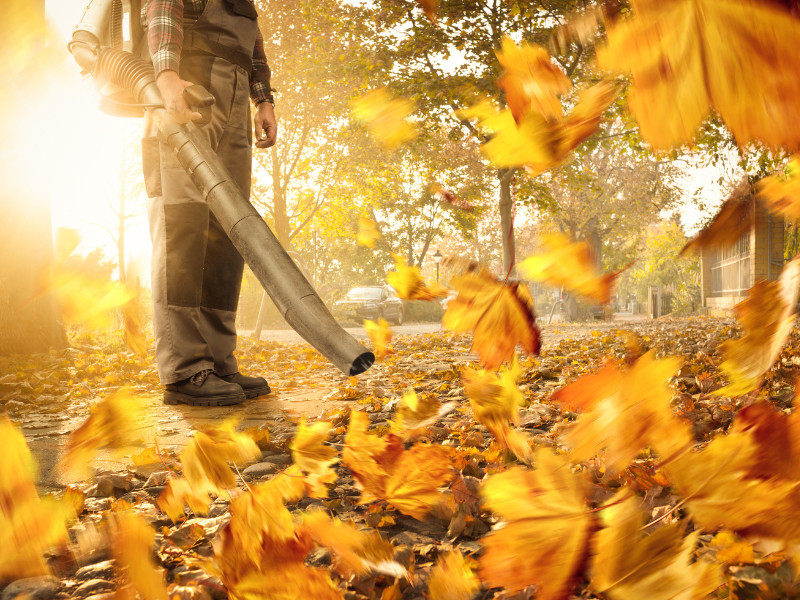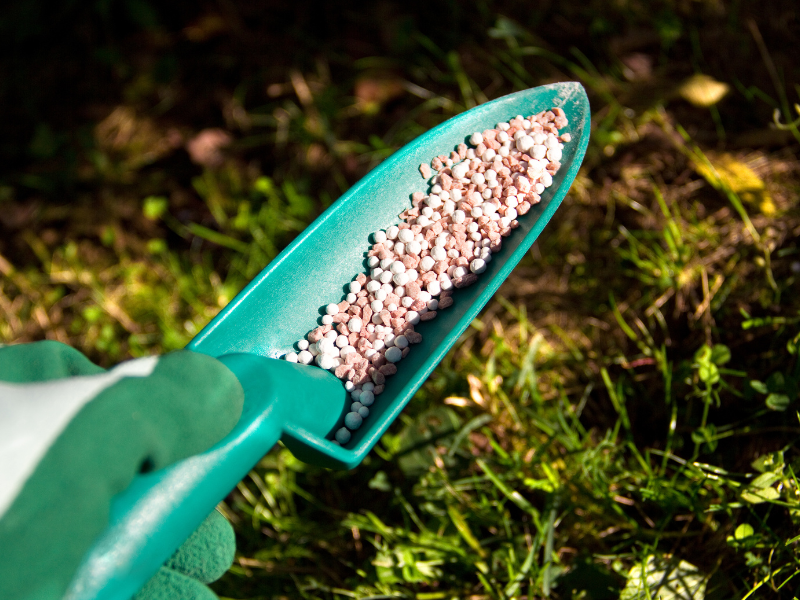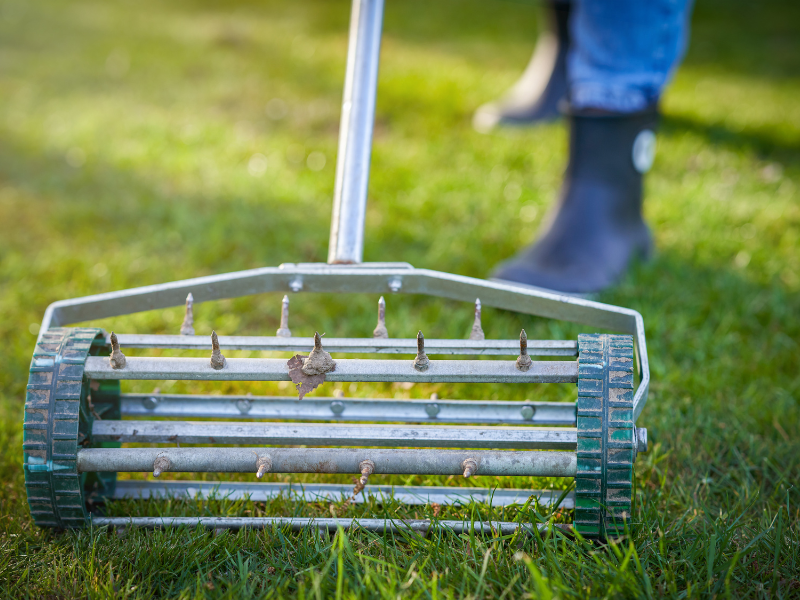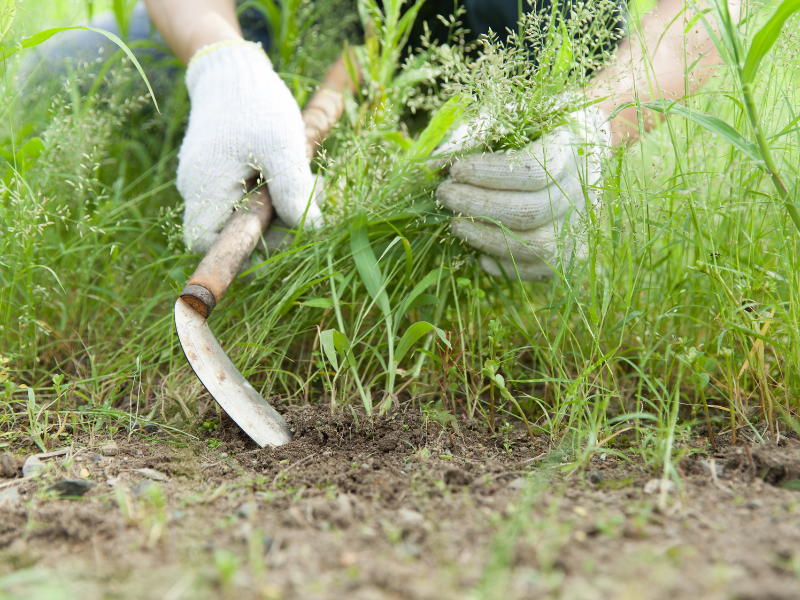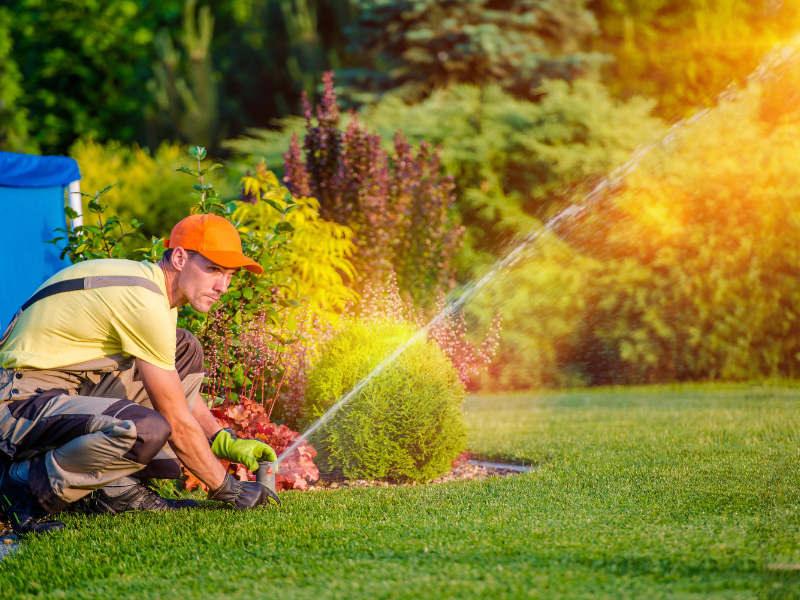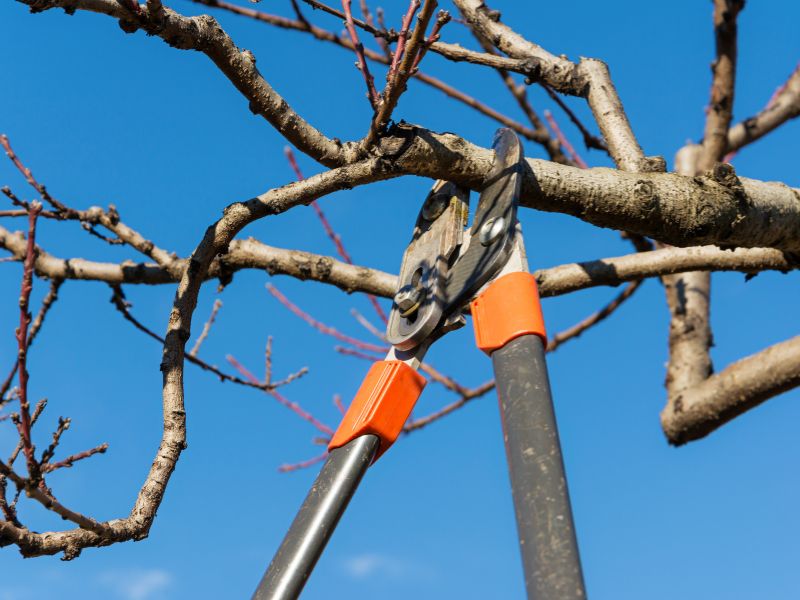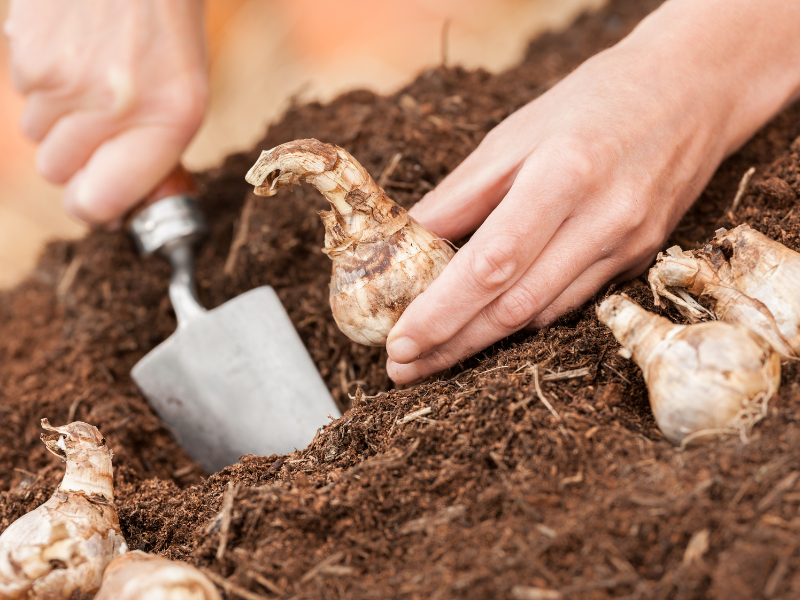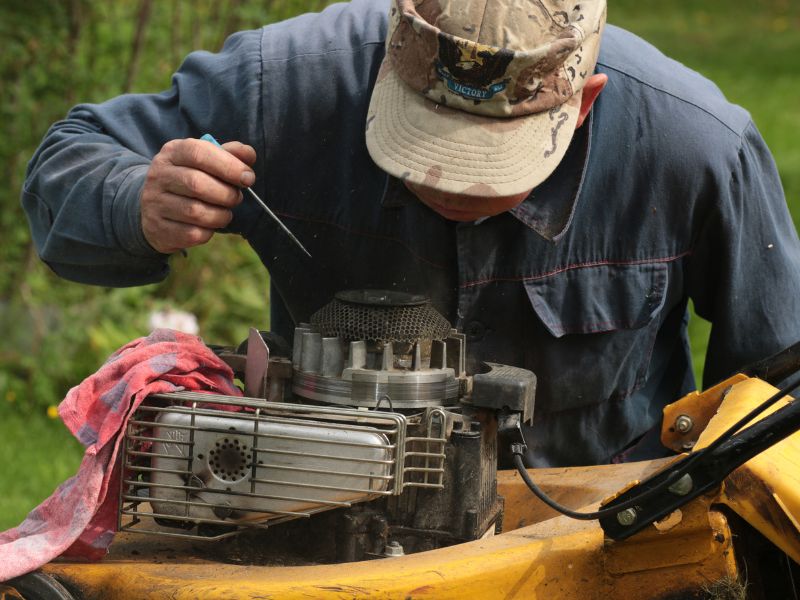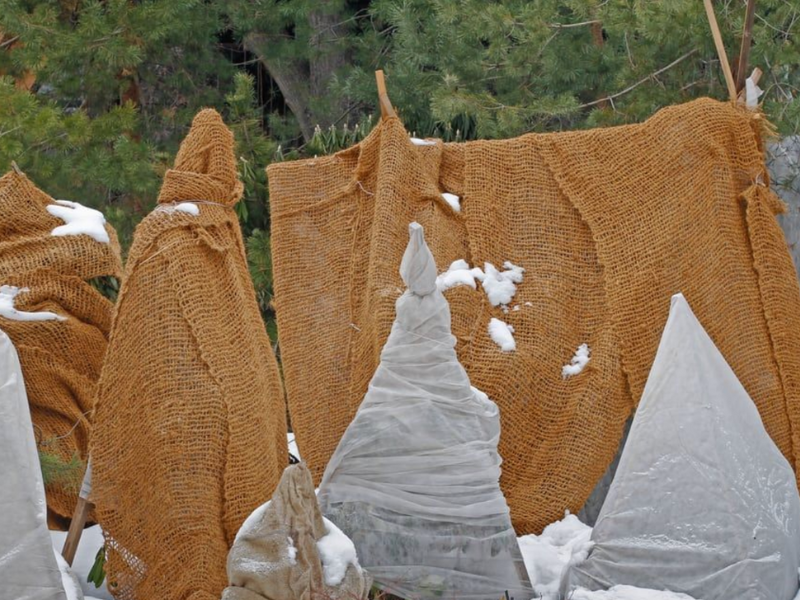Why Automated Irrigation is Your Best Summer Investment
For homeowners across the GTA and Simcoe County, maintaining a vibrant, healthy lawn through our increasingly hot summers has become a genuine challenge. With unpredictable rainfall patterns and water conservation becoming more important than ever, automated irrigation systems have transformed from luxury upgrades to essential home investments. At Black Swan Landscaping, we’ve installed hundreds of custom sprinkler systems that not only create enviable lawns but also deliver surprising financial and lifestyle benefits.
The Hidden Cost of Manual Watering: Your Summer, Reclaimed
Did you know that the average homeowner spends approximately 37 hours each summer manually watering their lawn? That’s nearly an entire work week spent dragging hoses, adjusting sprinklers, and monitoring water coverage—valuable time you could spend enjoying your outdoor space rather than maintaining it.
Let’s break down the true cost:
- 3 watering sessions per week × 30 minutes each = 1.5 hours weekly
- Across a 24-week growing season = 36+ hours of your summer
- At the average Ontario household income, that’s approximately $1,300 worth of your time .
- Buy Back your time, with an automatic irrigation system, Within two years the system has already paid for itself.
An automated irrigation system essentially offers you “one week’s pay on us” by giving back this time while delivering superior results—a system that literally pays for itself within 1-2 years depending on your property size and income.
Beyond Convenience: The Strategic Benefits of Professional Irrigation
1. Precision Water Management
Ontario’s microclimate variations—from Lake Ontario’s moderating effects to the more extreme temperature swings in Simcoe County—demand precise watering solutions. Our custom-designed systems deliver:
- Zone-specific watering: Different areas of your property receive exactly the amount of water needed based on sun exposure, plant types, and soil conditions
- Smart controllers: Weather-responsive technology adjusts watering schedules based on local rainfall, humidity, and temperature data
- Drip irrigation options: Target water delivery directly to plant roots in garden beds, reducing waste by up to 65%
2. Environmental Responsibility Through Technology
Contrary to common misconceptions, properly designed sprinkler systems actually conserve water compared to manual watering methods. Our installations include:
- Rain sensors: Automatically skip watering cycles when natural rainfall provides sufficient moisture
- Smart soil moisture detectors: Prevent overwatering by measuring actual soil conditions
- Programmable timers: Water during optimal early morning hours when evaporation is minimal
- High-efficiency sprinkler heads: Deliver uniform coverage with minimal runoff or overspray
3. Enhanced Property Value & Curb Appeal
In today’s competitive real estate market, homes with professionally installed irrigation systems command premium values:
- Recent regional market analysis shows properties with automated irrigation systems sell up to 7% faster
- Professional landscaping with irrigation infrastructure typically returns 75% of its investment at resale
- Prospective buyers increasingly prioritize “move-in ready” outdoor spaces with modern conveniences
Your Complete Irrigation Package: What’s Included
At Black Swan Landscaping, our comprehensive irrigation service includes:
Spring Startup: $299 (Save $100 when bundled with our other seasonal services)
- Complete system inspection
- Controller programming for seasonal conditions
- Sprinkler head adjustment
- Backflow preventer testing
- Pressure regulation optimization
Mid-Summer Checkup:
- Coverage assessment during peak heat conditions
- Water usage analysis and efficiency recommendations
- Minor adjustments and repairs as needed
Fall Winterization:
- Complete system blow-out to prevent freeze damage
- Controller winterization
- System shutdown with detailed documentation
- Preventative maintenance recommendations
Unlimited Service Calls:
- Priority response for system issues (within 48 hours or 2 business days)
- Preferred pricing on replacement parts
Complement Your Irrigation with Premium Landscape Lighting
For the ultimate outdoor space enhancement, pair your new irrigation system with our professional landscape lighting solutions. Strategically placed lighting not only showcases your beautifully maintained lawn but also:
- Extends your outdoor living hours into the evening
- Enhances security around your property
- Highlights architectural features and premium landscaping
- Creates ambiance for outdoor entertaining
As one client recently noted: “Nothing good happens in the dark—our landscape lighting transformed our yard from a nighttime void to our favorite evening retreat.”
Limited Time Offer: $150 in Credits for Clients
For a limited time, we’re offering $150 in service credits to clients:
- $50 credit for referring a friend who books a consultation
- $50 credit for posting a photo of your completed project on social media (tag us!)
- $50 credit for sharing your experience in a Google review
Offer valid for systems installed by June 30, 2025
Why Your Neighbours Trust Black Swan Landscaping
Since our founding, we’ve built our reputation on delivering exceptional value and craftsmanship to homeowners throughout Southern Ontario:
- Local expertise: We understand the unique challenges of different neighborhoods and soil conditions from Toronto to Muskoka
- Custom solutions: Every system is designed specifically for your property’s unique characteristics
- Quality installations: We use only professional-grade components with extensive warranties
- Transparent pricing: Detailed quotes with no hidden costs or surprises
- Ongoing support: We stand behind our work with responsive service
Ready to Transform Your Lawn Care Experience?
The best time for irrigation installation is now—before the heat of summer puts additional stress on your lawn. Contact us today for your complimentary property assessment and custom irrigation proposal. Experience why more Southern Ontario homeowners choose Black Swan Landscaping for irrigation solutions that deliver beauty, convenience, and value.
Black Swan Landscaping serves the Greater Toronto Area, Simcoe County, and Muskoka regions with professional landscaping services that make the impossible possible. Contact us at (647) 271-8275 for a FREE quote.
